Claire Theobald
LORIA
Clarity: an improved gradient method for producing quality visual counterfactual explanations
Nov 22, 2022



Abstract:Visual counterfactual explanations identify modifications to an image that would change the prediction of a classifier. We propose a set of techniques based on generative models (VAE) and a classifier ensemble directly trained in the latent space, which all together, improve the quality of the gradient required to compute visual counterfactuals. These improvements lead to a novel classification model, Clarity, which produces realistic counterfactual explanations over all images. We also present several experiments that give insights on why these techniques lead to better quality results than those in the literature. The explanations produced are competitive with the state-of-the-art and emphasize the importance of selecting a meaningful input space for training.
A Bayesian Convolutional Neural Network for Robust Galaxy Ellipticity Regression
Apr 20, 2021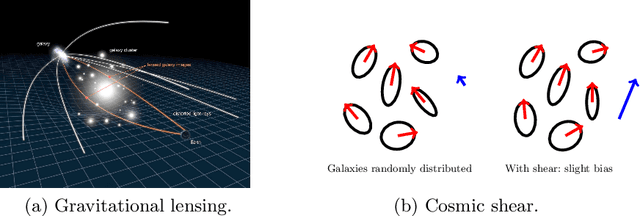

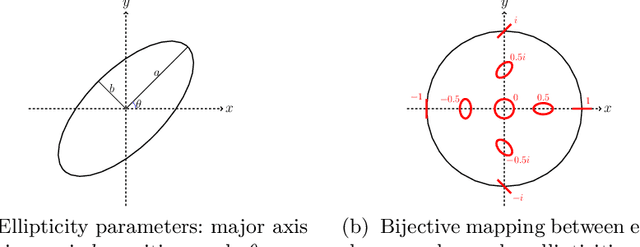

Abstract:Cosmic shear estimation is an essential scientific goal for large galaxy surveys. It refers to the coherent distortion of distant galaxy images due to weak gravitational lensing along the line of sight. It can be used as a tracer of the matter distribution in the Universe. The unbiased estimation of the local value of the cosmic shear can be obtained via Bayesian analysis which relies on robust estimation of the galaxies ellipticity (shape) posterior distribution. This is not a simple problem as, among other things, the images may be corrupted with strong background noise. For current and coming surveys, another central issue in galaxy shape determination is the treatment of statistically dominant overlapping (blended) objects. We propose a Bayesian Convolutional Neural Network based on Monte-Carlo Dropout to reliably estimate the ellipticity of galaxies and the corresponding measurement uncertainties. We show that while a convolutional network can be trained to correctly estimate well calibrated aleatoric uncertainty, -- the uncertainty due to the presence of noise in the images -- it is unable to generate a trustworthy ellipticity distribution when exposed to previously unseen data (i.e. here, blended scenes). By introducing a Bayesian Neural Network, we show how to reliably estimate the posterior predictive distribution of ellipticities along with robust estimation of epistemic uncertainties. Experiments also show that epistemic uncertainty can detect inconsistent predictions due to unknown blended scenes.
A Bayesian Neural Network based on Dropout Regulation
Feb 03, 2021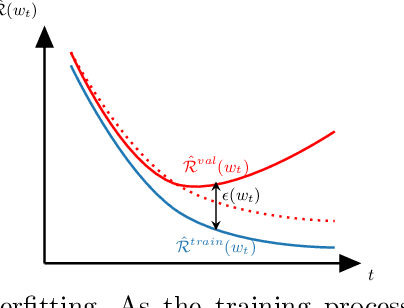
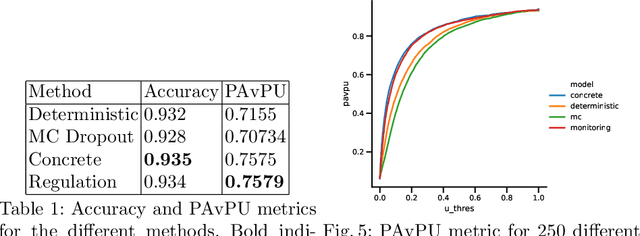
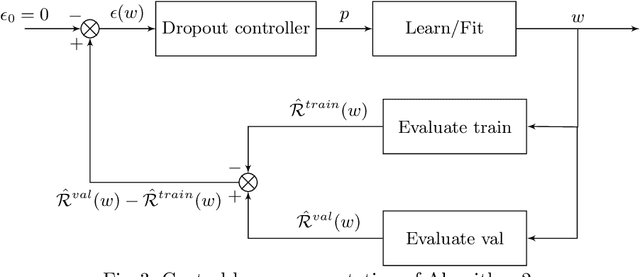
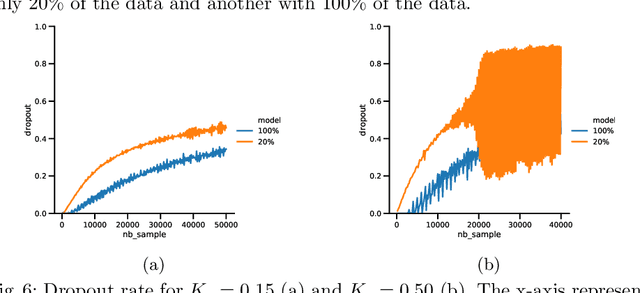
Abstract:Bayesian Neural Networks (BNN) have recently emerged in the Deep Learning world for dealing with uncertainty estimation in classification tasks, and are used in many application domains such as astrophysics, autonomous driving...BNN assume a prior over the weights of a neural network instead of point estimates, enabling in this way the estimation of both aleatoric and epistemic uncertainty of the model prediction.Moreover, a particular type of BNN, namely MC Dropout, assumes a Bernoulli distribution on the weights by using Dropout.Several attempts to optimize the dropout rate exist, e.g. using a variational approach.In this paper, we present a new method called "Dropout Regulation" (DR), which consists of automatically adjusting the dropout rate during training using a controller as used in automation.DR allows for a precise estimation of the uncertainty which is comparable to the state-of-the-art while remaining simple to implement.
 Add to Chrome
Add to Chrome Add to Firefox
Add to Firefox Add to Edge
Add to Edge